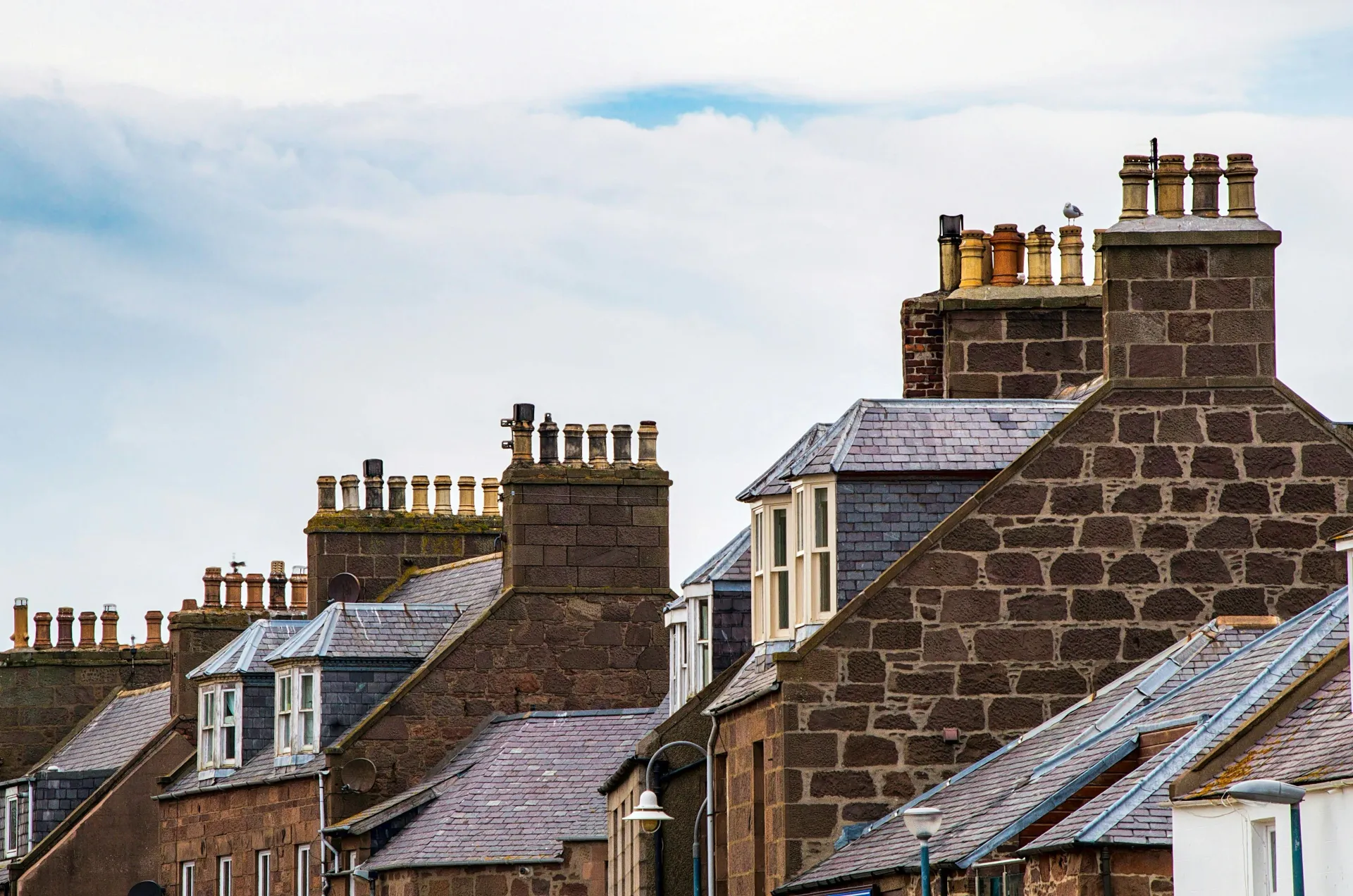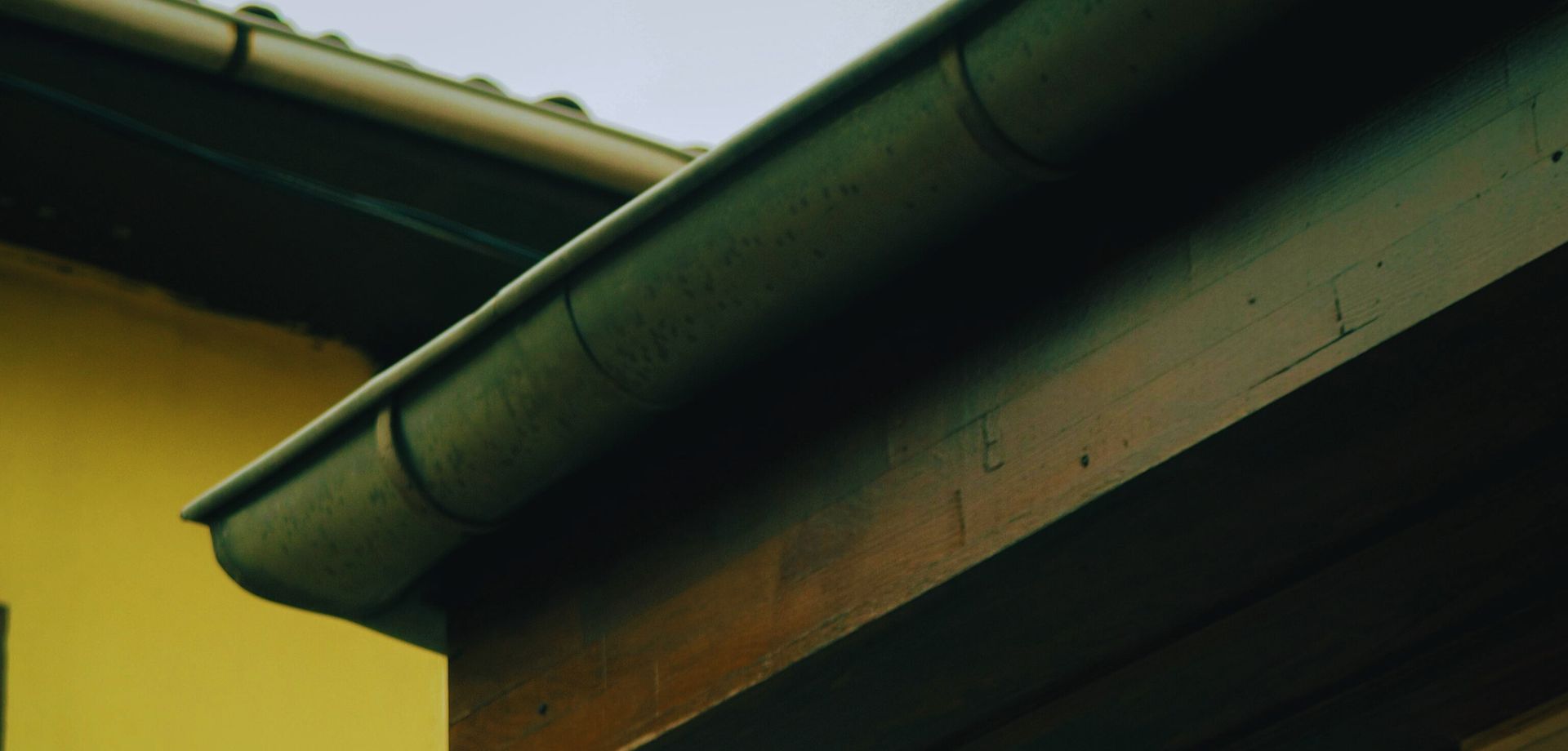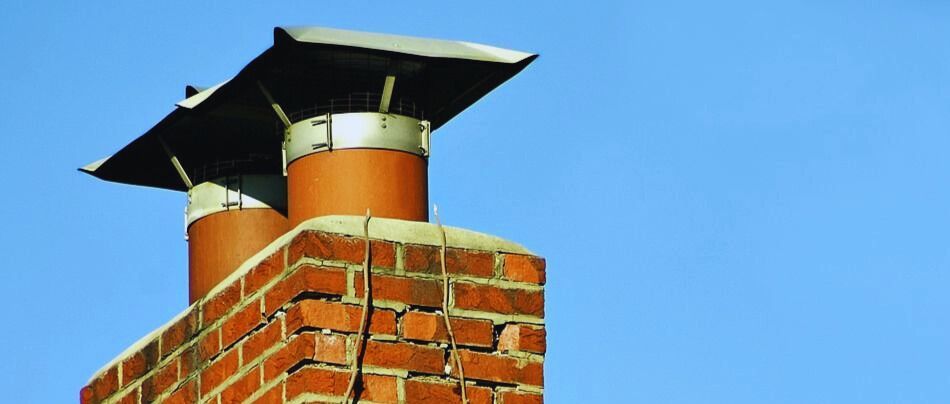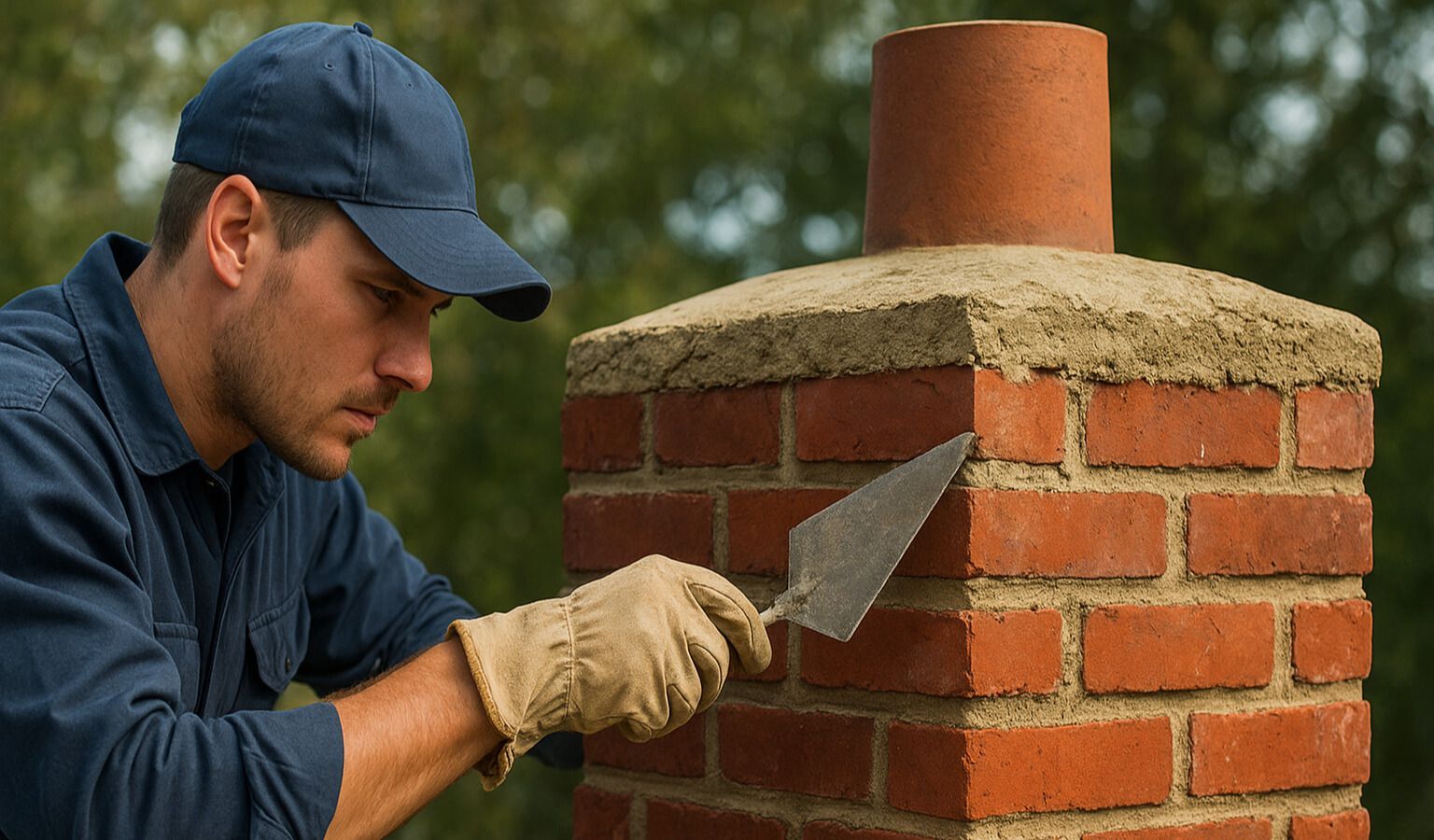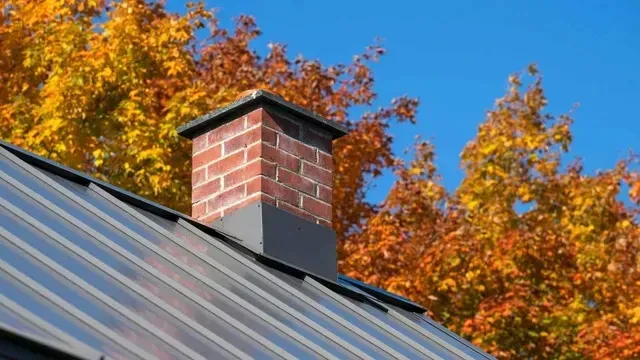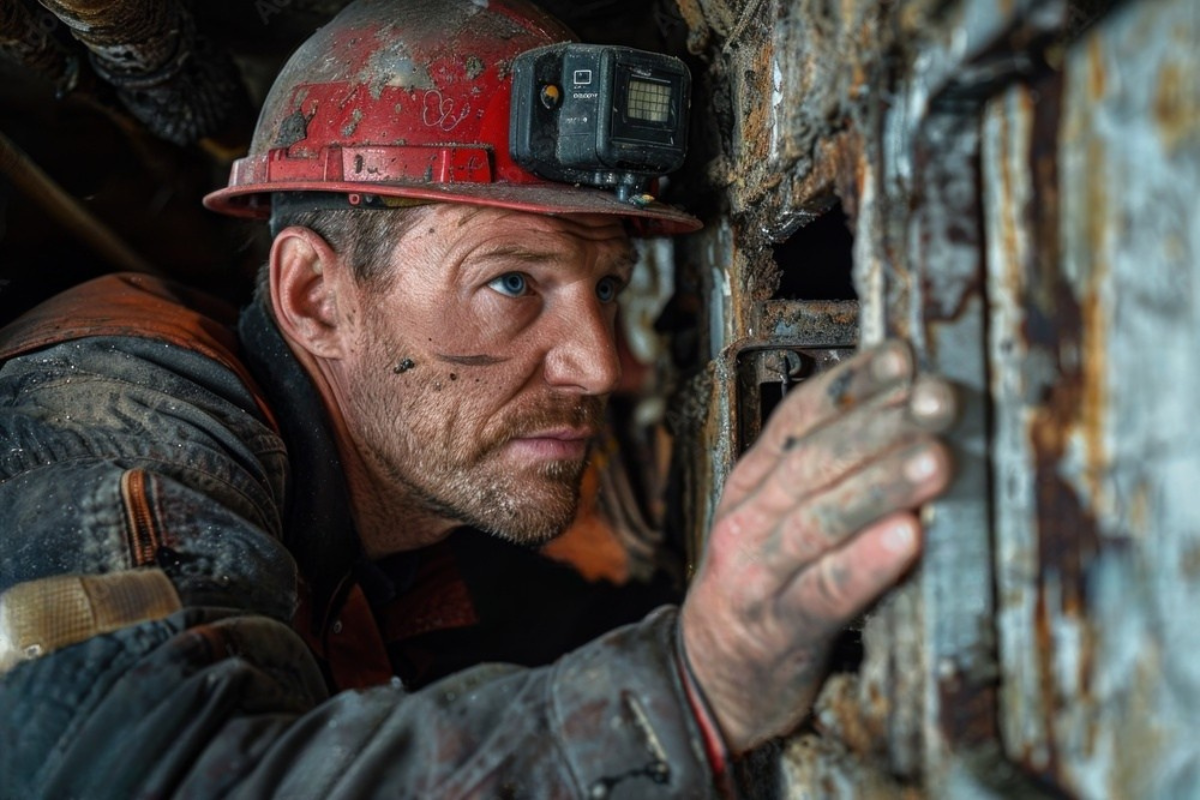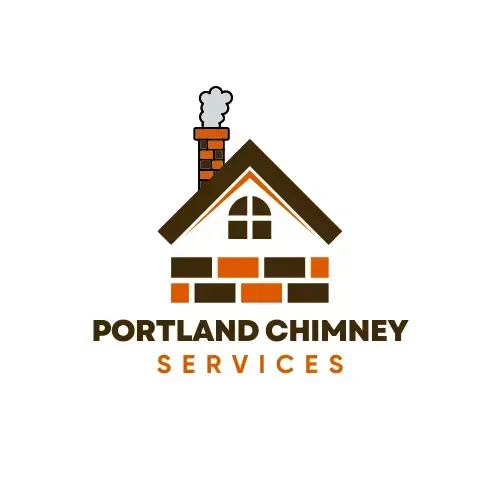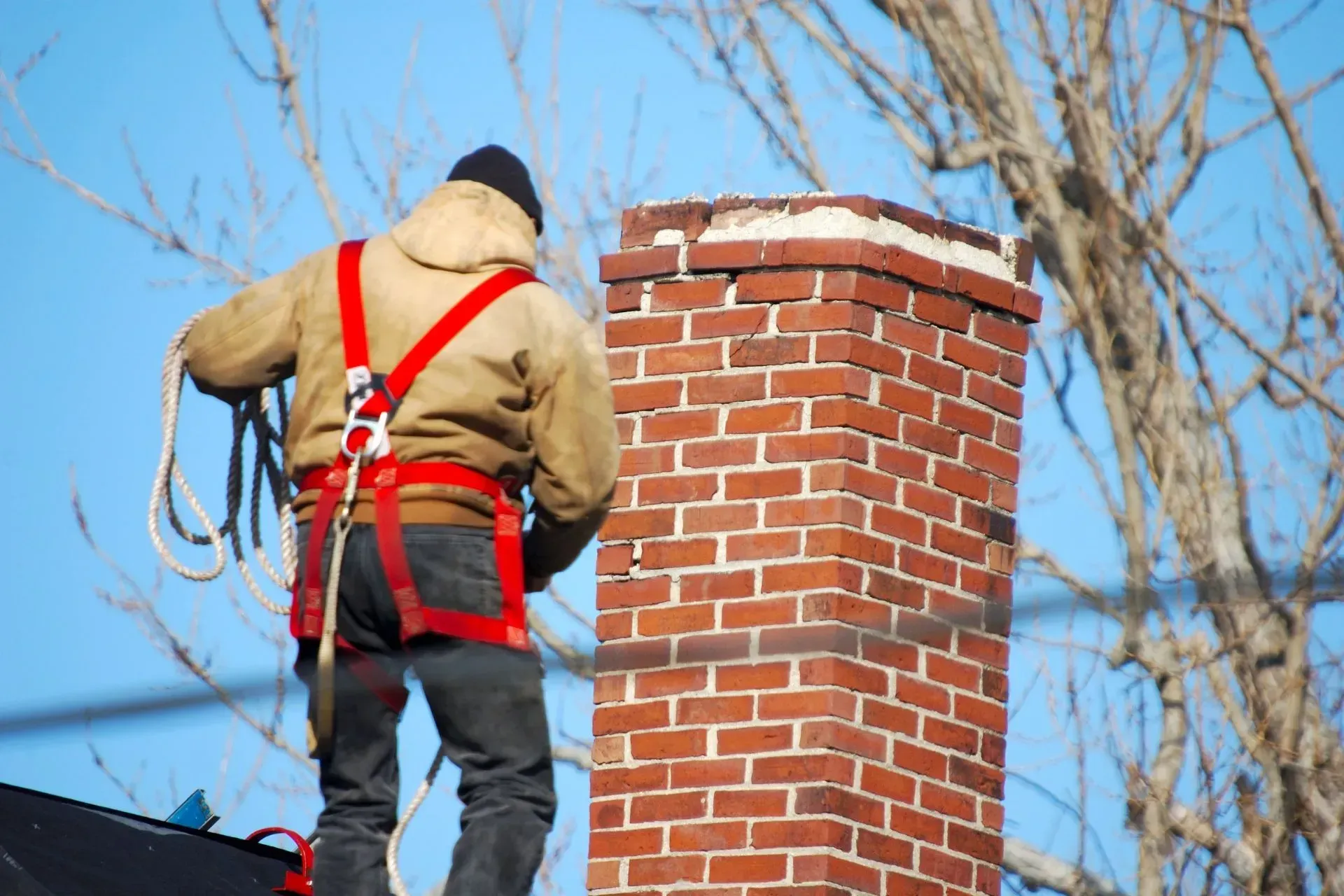Living in Portland, homeowners are no strangers to fluctuating weather patterns—especially heavy rainfall, moisture-filled air, and freezing winter nights. But have you ever stopped to wonder, is your chimney weather-ready? This question isn't just about comfort—it's about safety, cost-saving, and home preservation.
A chimney that’s properly maintained can withstand Portland’s rainstorms, prevent energy loss, and ward off dangerous creosote buildup. But one that's ignored? It becomes a gateway to water damage, house fires, and even structural collapse.
Whether your home features a grand brick chimney or a compact metal flue, ensuring weather-readiness is more than wise—it's essential.

Portland’s Unique Climate Challenges
Portland’s climate, while scenic and green, presents a laundry list of threats to chimney systems. With average annual rainfall exceeding 43 inches, chimneys are regularly exposed to damp conditions. Add freeze-thaw cycles, moss growth, and constant humidity—and you've got a recipe for decay.
Rain seeps into mortar joints. Water freezes, expands, and causes cracks. Moss creeps into the bricks and holds moisture like a sponge. That’s Portland weather’s unrelenting cycle of wear and tear.
Chimney Vulnerabilities During the Wet Season
Water is a chimney’s greatest enemy. When moisture infiltrates the system, it can:
- Deteriorate brick and mortar
- Cause metal components to rust
- Soften and shift the flue liner
- Foster mold and mildew growth
- Damage walls and ceilings around the fireplace
And once these problems set in, they're rarely isolated. One crack invites more. One leak breeds mold. One neglected inspection can spiral into a $6,000 repair.
Common Warning Signs Your Chimney Isn't Ready
Sometimes, your chimney shouts its distress. Other times, it whispers. Keep your eyes (and nose) open for these red flags:
- Musty odors when it rains
- Water stains on ceilings near the fireplace
- Crumbling mortar or visible cracks
- Rusty firebox or damper
- Smoke backing into the room
- Loose chimney cap or flashing
If any of these ring true, it’s time to schedule a professional Chimney Service.
Importance of Annual Chimney Inspections
The National Fire Protection Association recommends a yearly chimney inspection for good reason. During this visit, a certified technician will examine every component—from the flue to the flashing—to ensure optimal performance and safety.
Regular inspections catch early damage, remove dangerous creosote, and verify that your chimney is ready for Portland’s punishing winters.
How Portland Chimneys Are Different
Due to constant exposure to damp weather, many Portland homes feature chimneys built with moisture-resistant materials or additional waterproofing. Still, age and environment take their toll. Local building codes also require specific venting practices to ensure safety in our wet climate.
The Hidden Cost of Neglecting Chimney Maintenance
Out of sight, out of mind? That approach could cost you dearly.
Water-damaged chimneys can:
- Ruin surrounding drywall and flooring
- Decrease home energy efficiency
- Cause insurance claims to be denied
- Pose severe health risks through mold exposure
Suddenly, what could’ve been a $300 sweep becomes a $6,000 rebuild.
Top Chimney Materials & Their Weather Durability
Material Pros Cons
Brick Durable, classic look Susceptible to water damage
Metal Lightweight, modern Can rust without coating
Stone Long-lasting, unique Higher installation costs
Prefabricated Units Budget-friendly Less durable, needs regular service
Choose wisely—and know your chimney’s limits.
Cracks, Creosote & Collapse: What to Watch For
Even a tiny crack can evolve into a gaping hole. Creosote—a sticky, flammable residue from burning wood—can ignite and cause devastating fires. Collapsed flue liners compromise air flow and can cause carbon monoxide to seep indoors.
Why Waterproofing Is a Lifesaver
Applying a breathable, professional-grade sealant keeps moisture out while allowing trapped vapors to escape. Pair it with a well-installed chimney cap and flashing system to create a watertight fortress against the Pacific Northwest’s downpours.
Essential Components to Check Before the Rain Returns
- Crown: The sloped top surface that sheds rain
- Flue Liner: Insulates and protects your home from heat and gases
- Mortar Joints: Cracks here let water in
- Flashing: Keeps water from entering at the roofline
- Cap & Screen: Blocks rain, animals, and debris
How Moisture Invades Your Chimney System
From vertical penetration via rain to lateral intrusion through porous masonry, moisture finds a way. Capillary action (water being drawn through tiny pores in brick) is a major cause of interior damage.
Portland Chimney Codes & Compliance
The city enforces strict safety and venting codes. Chimney height, distance from combustibles, and liner requirements must all meet standards. Regular inspections help you avoid fines and ensure insurance compliance.
Benefits of Professional Chimney Sweeping
Think chimney sweeping is just an old-timey job with a top hat? Think again. Professionals today use rotary tools, vacuums, cameras, and infrared tech to ensure:
- Creosote is fully removed
- Structural integrity is verified
- Your home is safe to heat
Storm Season Prep: A Chimney Owner’s Checklist
- Schedule your Chimney Service
- Install or inspect your chimney cap
- Seal cracks and mortar
- Check flashing and waterproofing
- Clean flue and remove creosote
- Test the damper
What Happens Inside a Chimney During a Freeze-Thaw Cycle?
Moisture seeps in. Temperature drops. Water turns to ice. Expansion occurs. Then it melts and repeats. Over time, this cycle breaks down bricks and causes entire sections to crumble.
Dangers of DIY Chimney Repair
Patchwork solutions often lead to more damage. Chimney systems involve combustible materials, gas emissions, and complex venting. Leave it to licensed pros for safety and peace of mind.
Role of Chimney Caps and Dampers in Weather Defense
These small accessories do big work. A cap keeps out rain and critters. A damper seals the system when not in use, stopping cold drafts and saving energy.
Soot, Smoke, and Smell: The Indoor Impact of Chimney Neglect
If your chimney isn’t breathing right, your living room suffers. Soot stains, smoke smells, and allergens can all make their way inside when the chimney is clogged or damaged.
Signs You Need Emergency Chimney Service
- Flue blockage
- Collapsed chimney
- Carbon monoxide alarm
- Soot explosion
- Water pouring in
If these happen, don’t wait—Contact an expert immediately.
How to Choose the Right Chimney Professional in Portland
Look for:
- Local reviews
- CSIA certification
- Years of experience
- Weather-specific knowledge
- Clear pricing
Don’t trust your safety to a general handyman.
The Link Between Chimney Issues and Insurance Claims
Chimney fires or leaks caused by neglect can lead to denied claims. Routine maintenance keeps you covered.
Why Summer is the Best Time for Chimney Repairs
Mild weather, dry bricks, and technician availability make summer the golden window for upgrades.
Chimney Repointing: The Repair You Didn’t Know You Needed
Repointing replaces damaged mortar—stopping leaks, improving appearance, and extending lifespan. It’s a must every 20-30 years for Portland homes.
Fire Risk from Poor Chimney Maintenance
Creosote buildup is the #1 cause of chimney fires. Combine that with flammable debris and a faulty damper, and you’ve got a recipe for disaster.
Heat Loss and Energy Efficiency in Chimneys
A compromised chimney lets heat escape, making your HVAC system work harder. That’s a silent budget-drainer.
How Often Should You Schedule Chimney Service in Portland?
At least once a year. Twice, if you burn wood frequently or had previous issues.
Preventive Maintenance for Long-Term Savings
Clean it. Seal it. Inspect it. Spending $200–$400 now prevents repairs that cost thousands.
Partner Spotlight: Portland Chimney Service
Trusted by homeowners across the metro area, Portland Chimney Service offers inspections, cleanings, waterproofing, and emergency repairs—tailored to Oregon’s wild weather.
Still Unsure? Contact the Experts Today
Don’t leave your home vulnerable. Schedule your chimney checkup now with Portland Chimney Service and protect what matters most.
FAQs
Why is chimney weather-readiness so important in Portland?
Because of the city’s wet climate, chimneys are constantly exposed to moisture that can cause serious damage over time.
What’s the biggest danger of an unprepared chimney?
Chimney fires and water damage—both of which are preventable with routine maintenance.
Can I waterproof my chimney myself?
You can, but professional-grade sealants and techniques offer longer-lasting protection.
What should I ask during a chimney inspection?
Ask about the condition of the crown, flashing, liner, and whether there's any creosote buildup.
How much does a chimney sweep typically cost in Portland?
Expect to pay between $150–$300 for a basic sweep and inspection.
How long does a chimney inspection take?
Usually 45 minutes to an hour, depending on the size and condition of the chimney.
Links
- Chimney Service: https://www.portlandchimneyservice.com/
- Contact: https://www.portlandchimneyservice.com/contact
